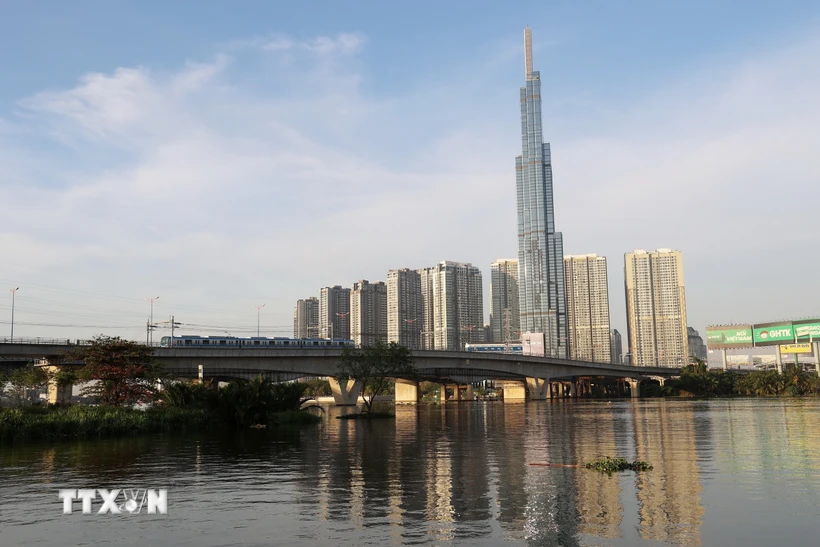
A series of super projects that have been and are being prepared to start construction in Ho Chi Minh City are expected to create momentum for the socio -economic development of the city in particular, the southern region and the whole country in general.
High-speed railways, modern bridges, belt roads that remove infrastructure bottlenecks… are making Ho Chi Minh City shine more and more in the era of the country's rise.
Expanding urban space
Ho Chi Minh City is entering a new development phase, with strategic requirements on urban space, economic model and quality of life; in which the development of coastal ecological urban areas is identified as one of the breakthrough directions, in accordance with Resolution No. 36-NQ/TW of the Central Executive Committee on the strategy for sustainable development of Vietnam's marine economy to 2030, with a vision to 2045.
In that context, Can Gio, the only land of Ho Chi Minh City bordering the sea, with a rich natural ecosystem, has all the conditions to become a new development pole: both preserving nature and promoting the potential of tourism , services, logistics and marine economy. The Can Gio-Vinhomes Green Paradise coastal urban tourism project was implemented from the end of April 2025 at the estuary of Long Hoa commune and Can Thanh town, contributing to concretizing the above policies. This is a project that has an impact not only on Ho Chi Minh City but also creates growth momentum for the entire Southeast region, opening up a breakthrough vision for marine economic development at the national level.
Mr. Duong Ngoc Hai, Permanent Vice Chairman of the Ho Chi Minh City People's Committee, said that when put into operation, the Can Gio coastal urban tourism project will become an important destination in the strategy of turning Ho Chi Minh City into an international economic-financial-tourism center, in line with the city's orientation.
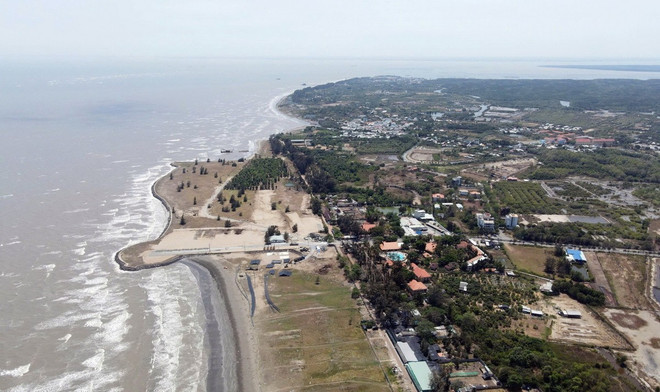
"We will accompany and closely coordinate with the investor throughout the entire project implementation process, quickly resolve administrative procedures, and create the best conditions for infrastructure connections and investment environment," Mr. Hai shared.
With a scale of 2,870 hectares and an estimated population of about 230,000 people, the Can Gio coastal urban tourism project is not only a simple urban area but is positioned as an ecological, smart, resort, and international standard service city.
According to the Ho Chi Minh City People's Committee, a number of breakthrough policies such as the pilot urban development model following the transport development orientation (TOD) have been carefully prepared and implemented with the expectation of creating social resources for the city's development; at the same time, a general process including steps to conduct bidding to select investors to implement investment projects under the public-private partnership (PPP) method has been developed.
To develop rapidly and sustainably, the city is selectively attracting foreign investment, prioritizing high-tech projects, modern management and spillover effects, closely connected with the domestic economy.
According to the Ho Chi Minh City Planning for the period 2021-2030, with a vision to 2050 approved in December 2024, the City will develop urban areas such as Thu Thiem, Binh Quoi-Thanh Da, Truong Tho, Hiep Phuoc, Can Gio coastal urban area; international financial center, fair and exhibition center, logistics center, free trade zone... along with data center, Thu Duc science and technology park; Hiep Phuoc LNG power plant; concentrated information technology park; national biotechnology center; Rach Chiec sports area.
Promoting regional connectivity
2025 is identified as a pivotal year for Ho Chi Minh City to accelerate the completion of infrastructure and open up key traffic gateways.
Many regional and inter-regional transport infrastructure projects are being implemented, such as component projects of the Ho Chi Minh City Ring Road 3 project, Ho Chi Minh City Ring Road 4 project, the Ho Chi Minh City-Long Thanh-Dau Giay expressway expansion project, the Ho Chi Minh City-Trung Luong expressway, the Ben Luc-Long Thanh expressway, the Thu Thiem-Long Thanh railway; the investment policy for the Ho Chi Minh City-Moc Bai expressway is being submitted to the Prime Minister for decision; research on investment to extend the No. 1 urban railway to Dong Nai and Binh Duong; coordination in management and exploitation of the Can Gio-Vung Tau sea ferry route, the Ho Chi Minh City-Vung Tau passenger transport route, etc. have contributed to solving the bottleneck in regional transport infrastructure, forming a seamless transport network, helping the Southeast region to make a breakthrough in development, promoting economic growth in the whole region.
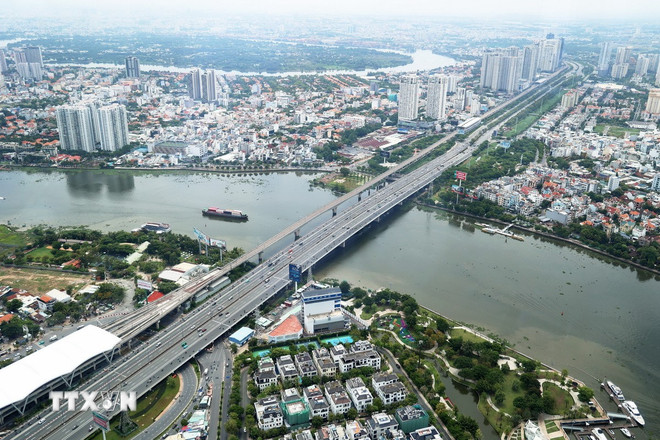
According to the Ho Chi Minh City People's Committee, the city and the provinces in the Southeast region are currently focusing on completing the pre-feasibility study report of the Ho Chi Minh City Ring Road 4 project, submitting it to competent authorities for approval of the project investment policy and issuing specific mechanisms and policies; at the same time, speeding up the project implementation progress after the competent authorities approve the project investment policy.
Mr. Luong Minh Phuc, Director of the Ho Chi Minh City Traffic Construction Investment Project Management Board, shared that 2025 will be the year of resources, especially with specific results in implementing gateway BOT projects, starting construction of Can Gio Bridge, Thu Thiem 4 Bridge and elevated roads under the PPP form in the spirit of Resolution No. 98/2023/QH15 dated June 24, 2023 of the National Assembly on piloting a number of specific mechanisms and policies for the development of Ho Chi Minh City. This is a very special year for Ho Chi Minh City and the transport sector.
These key transport projects are expected to bring many great benefits, not only strengthening the connection between Ho Chi Minh City and neighboring areas but also promoting the development of industry, trade, services and tourism while contributing to improving the quality of life of the city's residents, creating a new look for urban transport infrastructure and promoting Ho Chi Minh City's sustainable development in the future.
Regarding resource mobilization, it is expected that in 2025, Ho Chi Minh City will focus on mobilizing enough development investment capital of about more than VND 620,000 billion; of which, capital from the budget is about VND 120,000 billion, and social capital sources are about VND 500,000 billion.
For the 2026-2030 period, Ho Chi Minh City is estimated to mobilize over 4.4 million billion VND; of which, budget capital is 1.1 million billion VND, mobilizing social capital sources is over 3.3 million billion VND.
According to the Central Government's orientation, Ho Chi Minh City, Binh Duong, and Ba Ria-Vung Tau will be arranged into Ho Chi Minh City (new), promoting the advantages of the three localities with adjacent geographical locations, natural conditions, traffic infrastructure, the allocation and organization of economic spaces, and appropriate economic development scale and level. That is the synchronous connection of traffic infrastructure, including roads, railways, aviation, waterways and sea, linking seaports, opening up new development space for Ho Chi Minh City and the whole country to enter a new era.
Speaking at an event in late April 2025 in Ho Chi Minh City, General Secretary To Lam said that the new Ho Chi Minh City will become a locomotive, a driving force for strong development in the entire Southeast, Southwest, Central Highlands and South Central regions. But at the same time, the participation, cooperation and additional resources from the southern provinces and cities - with strengths in land, labor, industry, agriculture, logistics, tourism and culture - will also be essential resources, strengthening the resilience and stature of the expanded Ho Chi Minh City. This is a process of "developing together", "raising the level together", with a relationship of mutual support and complementarity, together towards the common goal of forming a new growth pole with global competitiveness, friendliness, sustainability and rich identity.
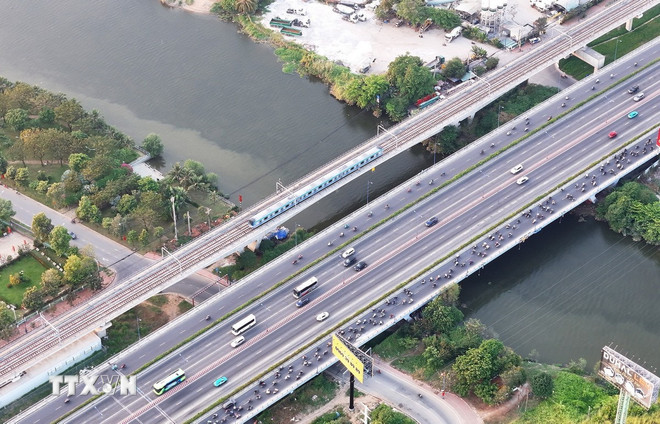
The expanded Ho Chi Minh City will be a regional center of finance, trade, logistics, high-tech industry and marine tourism, playing a key role in the national and regional economic and creative network. The city's development orientation is based on digital technology, green economy, circular economy, promoting sustainable environmental development, building a harmonious, open, cohesive and civilized society, integrating and crystallizing the most advanced and quintessential values of Asia and the world.
According to General Secretary To Lam, the new mission for the expanded Ho Chi Minh City is not only to become an international megacity leading the region, but also to be a comprehensive development link between the city and the region; in which, the southern provinces not only "accompany" but also proactively play the role of strategic partners, jointly creating a common economic, cultural and social space. The new Ho Chi Minh City will be successful if the whole region develops together and the region will flourish when Ho Chi Minh City leads, cooperates, shares, and moves forward together.
Ho Chi Minh City has been focusing on deploying and implementing major, breakthrough and urgent policies of the Central Government, preparing the mindset and conditions to enter a new era - the era of national development. At the same time, the city is also reshaping the future in a new space, new resources with the orientation of becoming a global city, developing smartly, modernly, dynamically, integrating, growing green, sustainably, with a cohesive, open, civilized society, crystallizing the progressive and cultural values of the world./.
Source: https://ttbc-hcm.gov.vn/suc-bat-tu-ha-tang-o-thanh-pho-ho-chi-minh-1018599.html


![[Photo] Top players gather at the 2025 Nhan Dan Newspaper National Table Tennis Championship](https://vphoto.vietnam.vn/thumb/1200x675/vietnam/resource/IMAGE/2025/5/23/9ad5f6f4faf146b08335e5c446edb107)







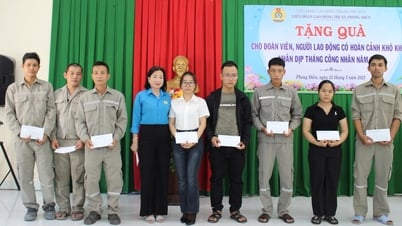

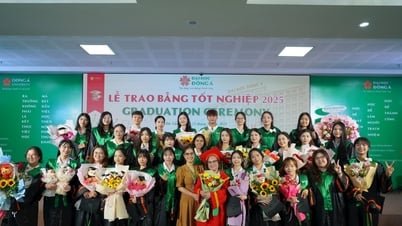

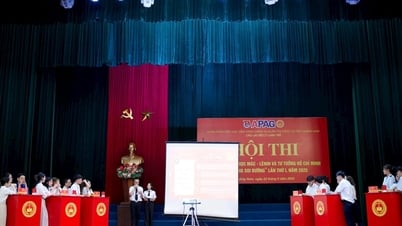
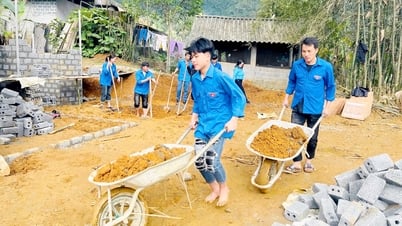

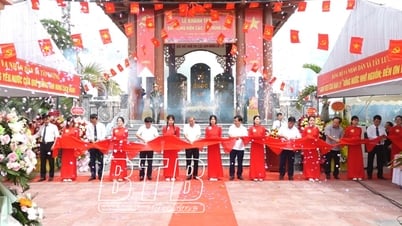





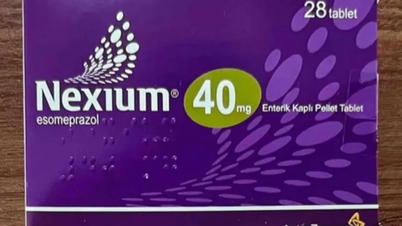














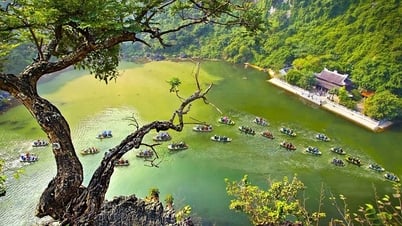

































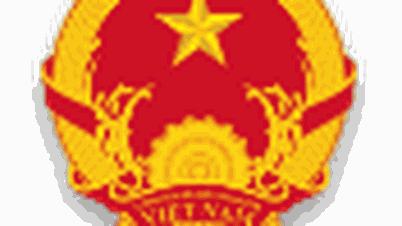

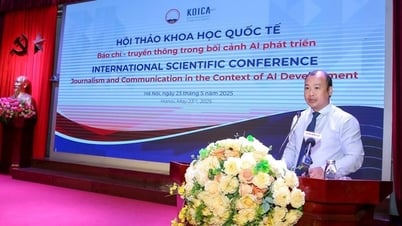
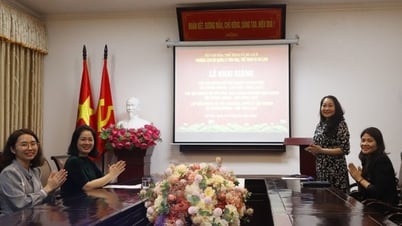


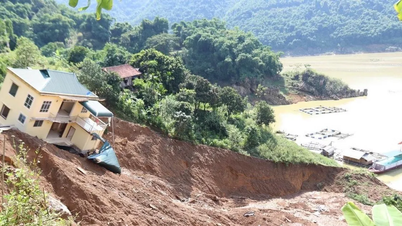
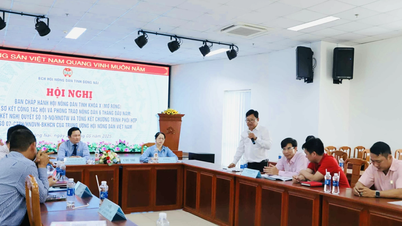
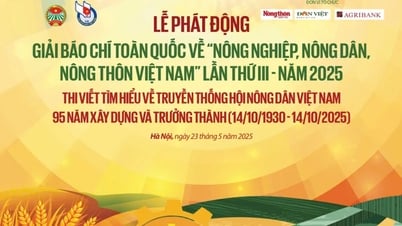

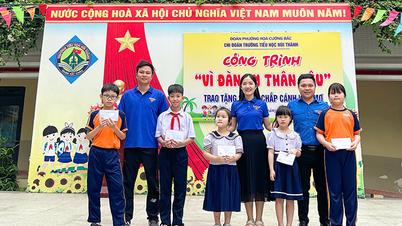















Comment (0)